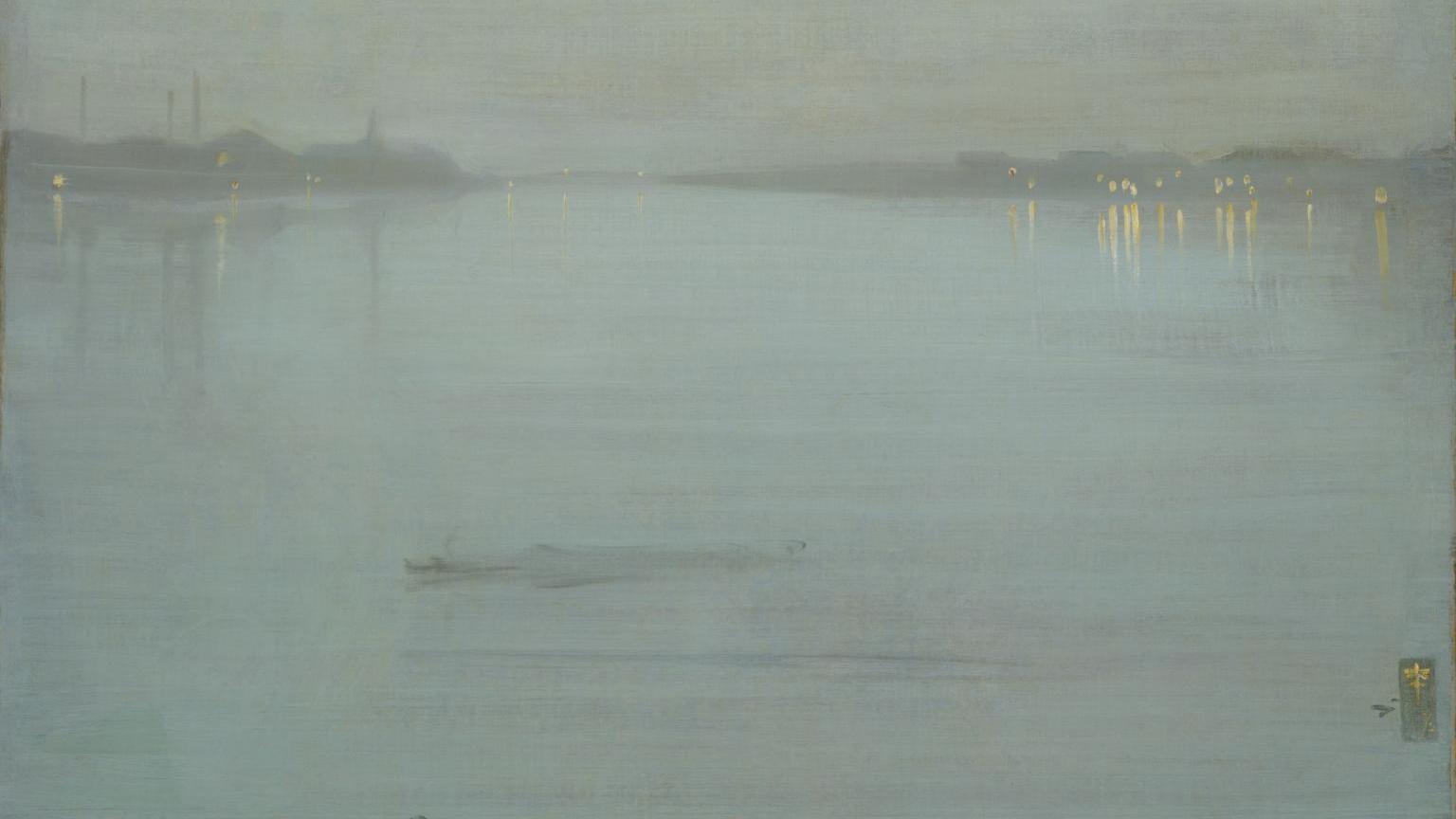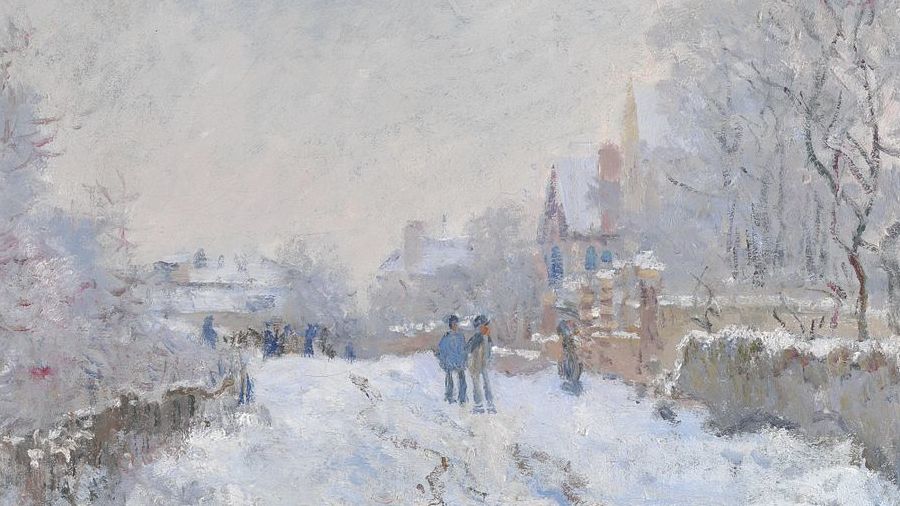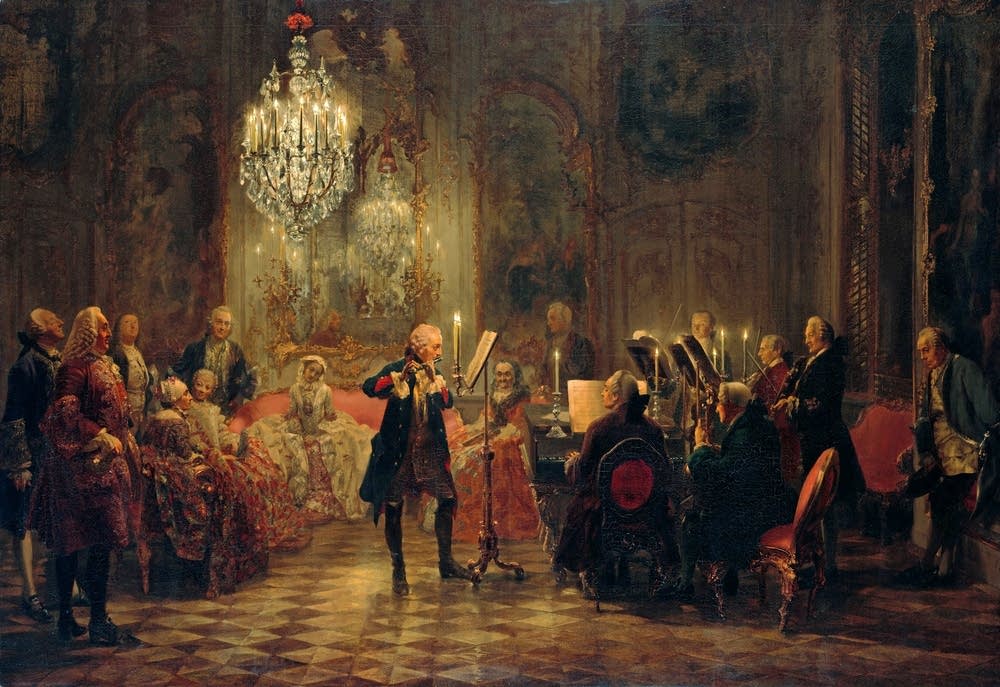“La Mer”: Debussy’s Sonic Portrait of the Sea
Claude Debussy’s La Mer (“The Sea”) is not a literal portrait of the ocean. There is no “program” or story, as we might hear in Beethoven’s “Pastoral” Symphony or a Strauss tone poem. Instead, La Mer takes us deep into the world of atmosphere, metaphor and synesthesia (a blurring of senses). Shimmering colors, the play of light on water, and a vivid sense of motion blend together to form a magical, ever-changing soundscape. As with the …







